Paolo Roversi’s poetic, timeless fashion photography celebrated in Paris exhibition
’Paolo Roversi’ at Paris’ Palais Galliera is the first large-scale exhibition of the seminal fashion photographer’s work in his home city. Curator Sylvie Lécallier tells Wallpaper* the story behind the landmark display
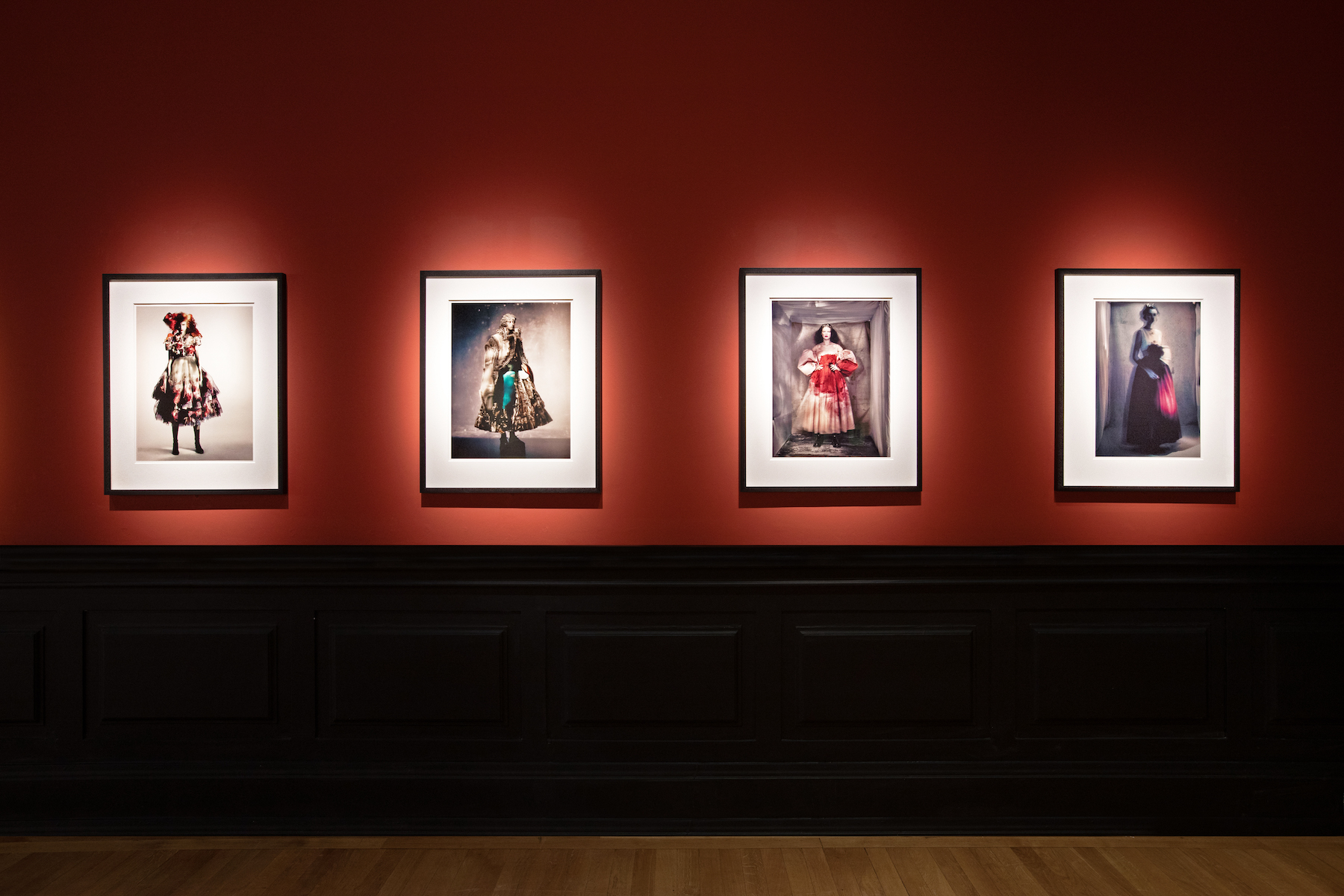
A Paolo Roversi photograph can be recognised immediately: a soft, gauzy focus, a rich interplay between shadow, colour and light, and a mood of painterly, sepia-toned romance. Sometimes, they appear like a relic from the past – like a hazy Victorian ambrotype, unearthed from an attic – other times, they are jarringly contemporary, capturing the strange, otherworldly forms of avant-garde designers like Rei Kawakubo (his work with whom formed the subject of US solo show in 2021) and Yohji Yamamoto, with whom Roversi has had a long artistic communion.
‘Paolo's photography is timeless,’ says Sylvie Lécallier, the curator of a new exhibition of Roversi’s work which opened earlier this month at Paris’ Palais Galiera (until 14 July 2024). ’It is detached from the spirit of the times, from the ephemeral trends of fashion. It is located both at the heart of fashion and at the edge. This is what makes him a photographer apart.’
‘Paolo Roversi’ at Paris’ Palais Galliera
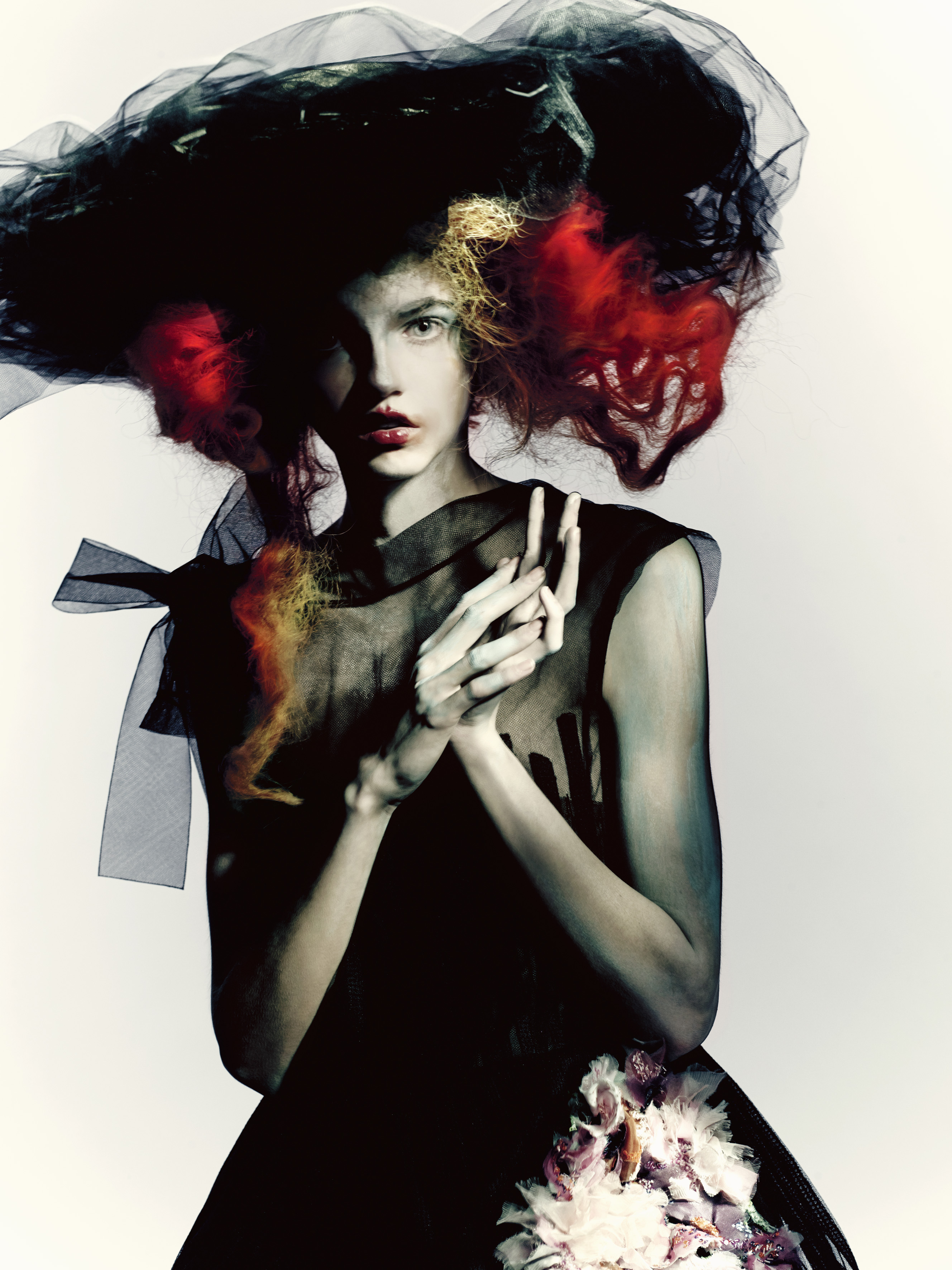
Molly, Chanel, Vogue Italia, Paris, 2015
Titled, simply, ‘Paolo Roversi‘, the exhibition includes 140 photographs by the photographer, who was born in Ravenna, northern Italy, before moving to Paris in 1973, where he began in photography, first as a reporter. In 1980, he photographed a campaign for Christian Dior beauty; later, he would go on to shoot for a slew of fashion titles, including Vogue France, Vogue Italia, and Egoïste, as well as immortalising the supermodels of the day, from Inès de la Fressange and Stella Tennant to Naomi Campbell and Kate Moss.
His distinctive style, which has included work on Polaroid as well as gelatin silver and dye transfer prints, is largely achieved through long-exposure manipulation of light, which Lécallier calls ’drawing with light’. ’[It is as if] his models and clothes are appearing from darkness,’ she continues. ’The shooting is akin to a real performance. He is like a painter, a conductor.’
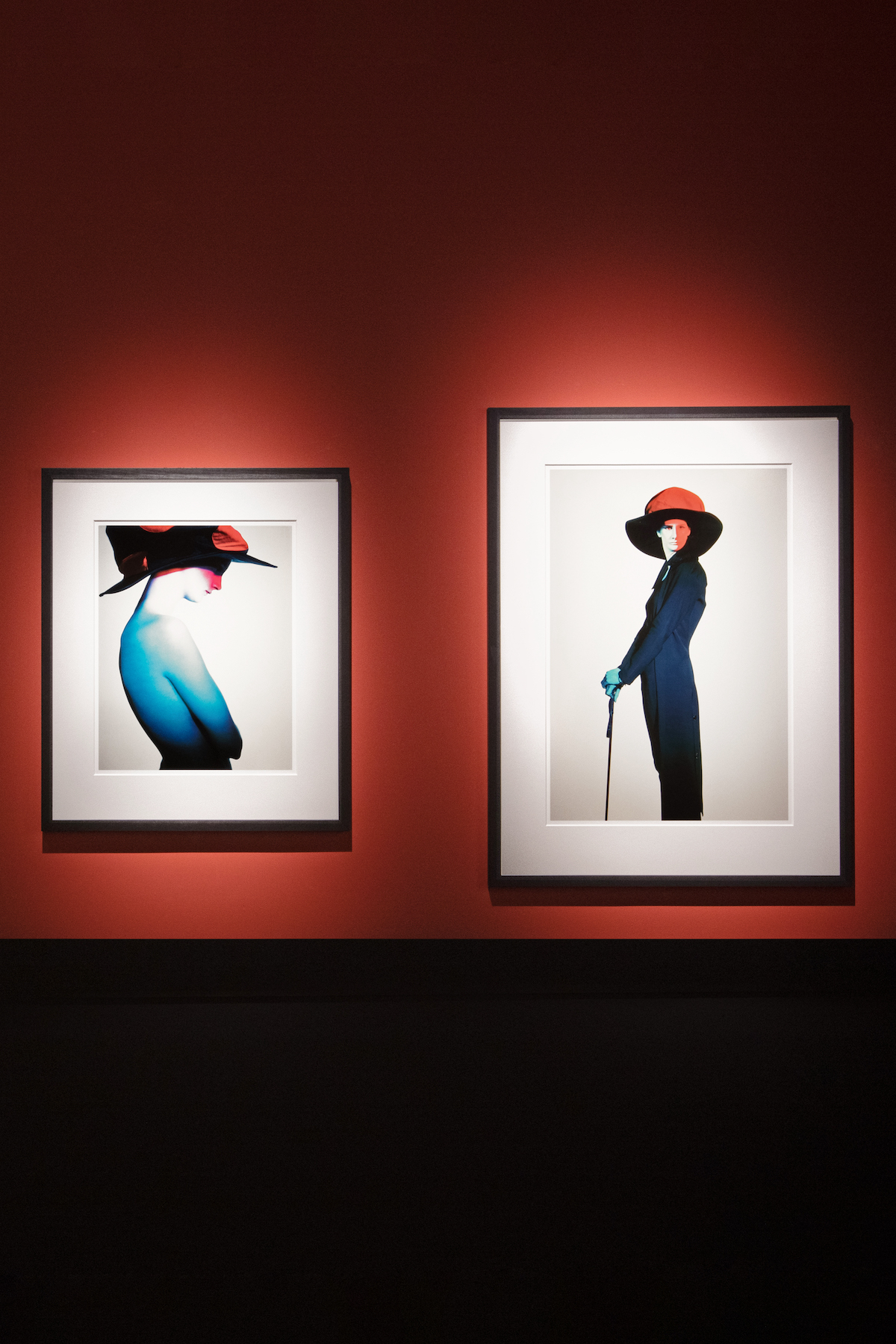
Much of his studio work takes place in Studio Luce (Luce translates from Italian as ’light’), a vaunted space in Paris’ 14th arrondissement that has cemented his longtime link with the city, something that Lécallier says is important to celebrate in what will be the first large-scale monograph of his work in Paris. As such, many of the photographs are drawn from the Palais Galliera’s personal collection, several of which have never been on display to the public before.
In its layout, the exhibition abandons a chronological timeline in favour of a more poetic movement from darkness to light. ’Paolo’s photography is so timeless that we abandoned a chronological journey, which didn’t seem to mean much to the understanding of his work,’ explains Lécallier, who worked closely with Roversi on the exhibition’s design, having known the photographer for several years prior. ’We also did not want to lock it into themes. [Instead], light is a common thread: from the darkness of the dark room towards the daylight which bathes his studio through the large bay windows.’
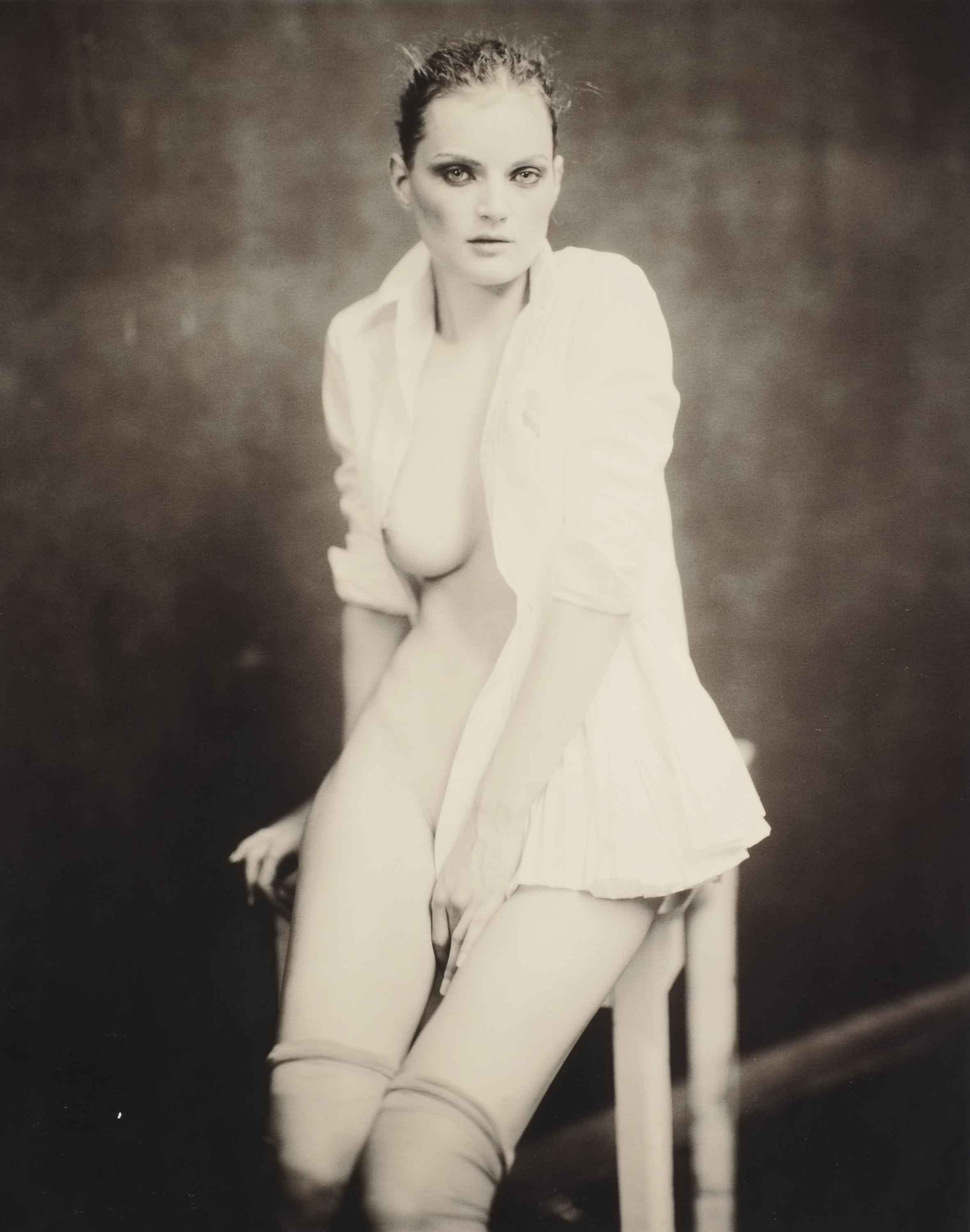
Guinevere, Yohji Yamamoto, Paris, 2004
As for why his collaborations with designers in particular were so successful – from Kawakubo and Yamamoto to Romeo Gigli and Azzedine Alaïa – Lécallier puts it down to Roversi’s good taste. ’Paolo has a real taste for beautiful clothes, as well as a great respect for designers who have a very strong creative universe,‘ she says. Her own favourite photograph in the display is not of a particular subject, but a pair of shoes, reflected in a mirror.
Wallpaper* Newsletter
Receive our daily digest of inspiration, escapism and design stories from around the world direct to your inbox.
’The model is absent, she has gone to do a make-up touch-up. She'll be back any second. This image speaks of the moment of shooting, but also of the theatre of appearances, reality and illusion,’ she says. ‘It takes us to the other side of the looking glass.’
‘Paolo Roversi’ runs at Paris’ Palais Galliera until 14 July 2024.
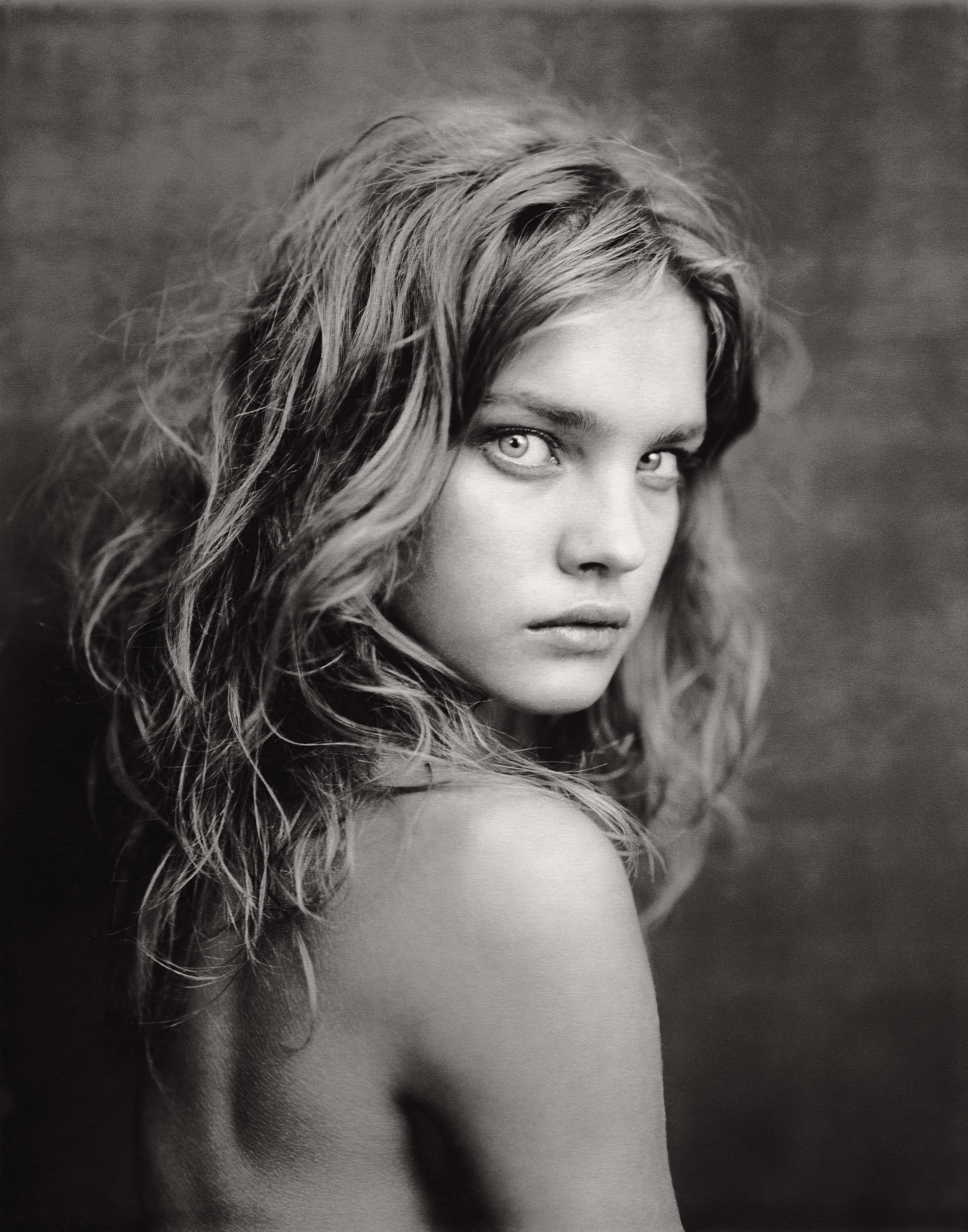
Natalia, Paris, 2003
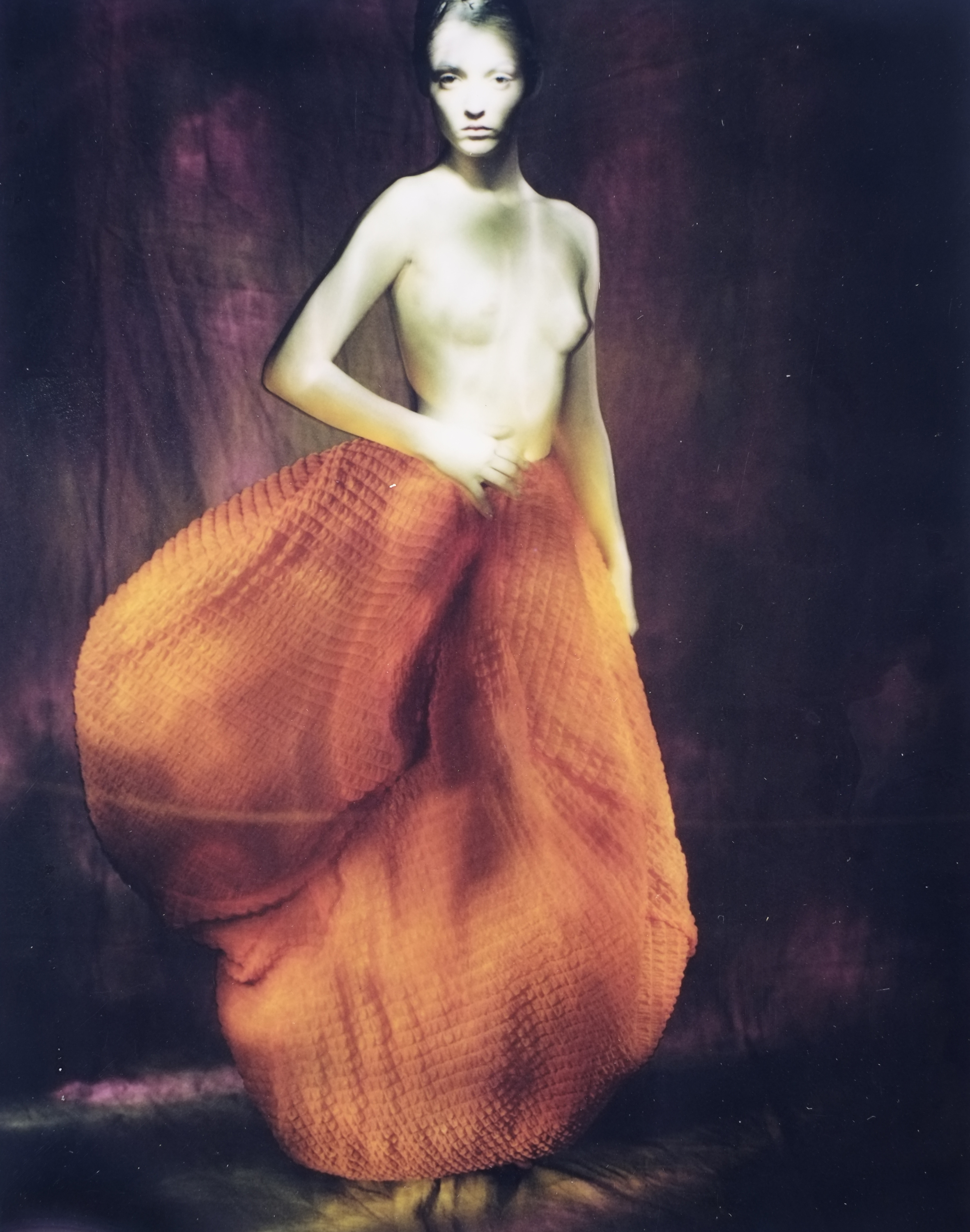
Audrey, Comme des Garçons, Paris, 1996
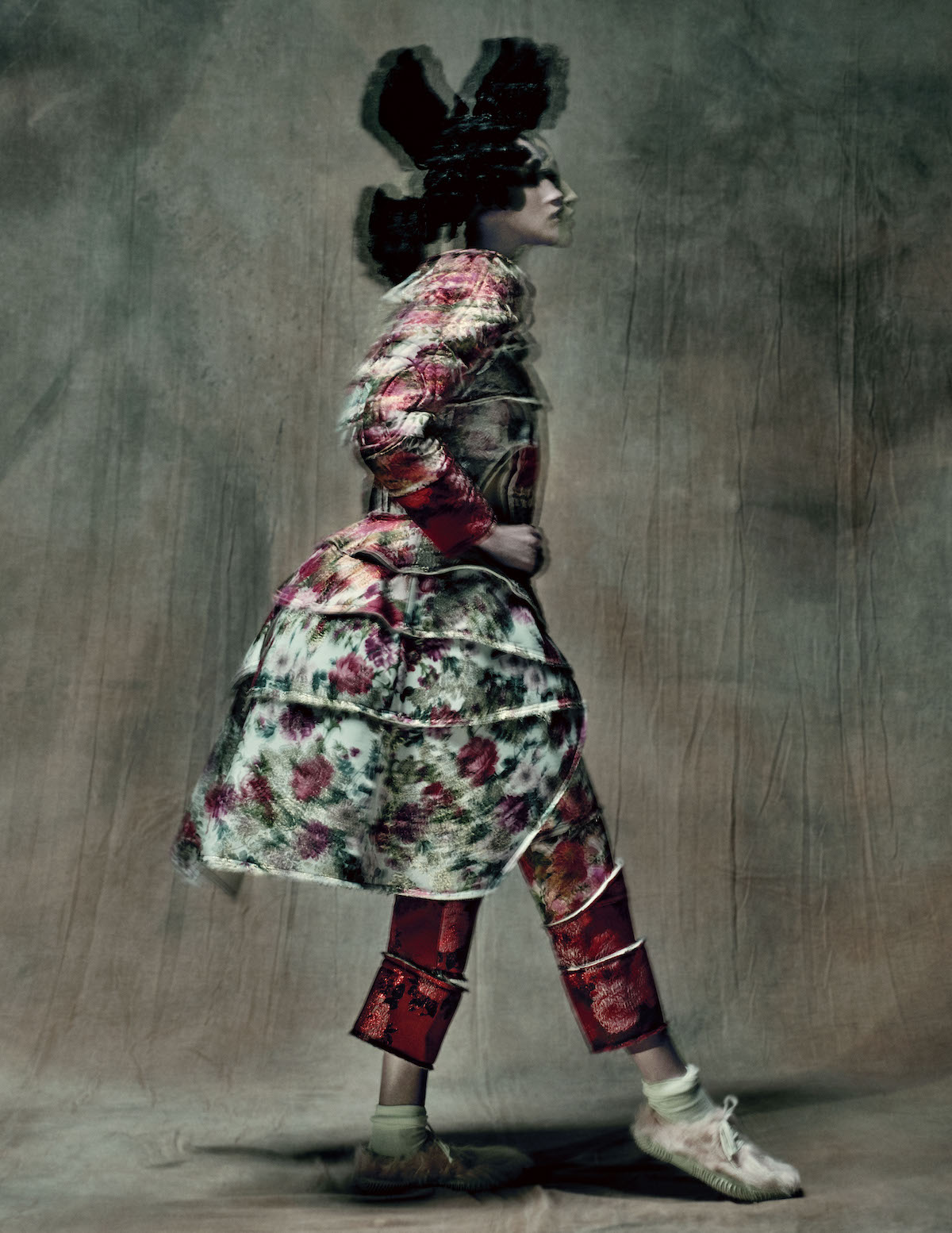
Anna, Comme des Garçons, Tokyo, 2016
Jack Moss is the Fashion Features Editor at Wallpaper*, joining the team in 2022. Having previously been the digital features editor at AnOther and digital editor at 10 and 10 Men magazines, he has also contributed to titles including i-D, Dazed, 10 Magazine, Mr Porter’s The Journal and more, while also featuring in Dazed: 32 Years Confused: The Covers, published by Rizzoli. He is particularly interested in the moments when fashion intersects with other creative disciplines – notably art and design – as well as championing a new generation of international talent and reporting from international fashion weeks. Across his career, he has interviewed the fashion industry’s leading figures, including Rick Owens, Pieter Mulier, Jonathan Anderson, Grace Wales Bonner, Christian Lacroix, Kate Moss and Manolo Blahnik.
-
 Put these emerging artists on your radar
Put these emerging artists on your radarThis crop of six new talents is poised to shake up the art world. Get to know them now
By Tianna Williams
-
 Dining at Pyrá feels like a Mediterranean kiss on both cheeks
Dining at Pyrá feels like a Mediterranean kiss on both cheeksDesigned by House of Dré, this Lonsdale Road addition dishes up an enticing fusion of Greek and Spanish cooking
By Sofia de la Cruz
-
 Creased, crumpled: S/S 2025 menswear is about clothes that have ‘lived a life’
Creased, crumpled: S/S 2025 menswear is about clothes that have ‘lived a life’The S/S 2025 menswear collections see designers embrace the creased and the crumpled, conjuring a mood of laidback languor that ran through the season – captured here by photographer Steve Harnacke and stylist Nicola Neri for Wallpaper*
By Jack Moss
-
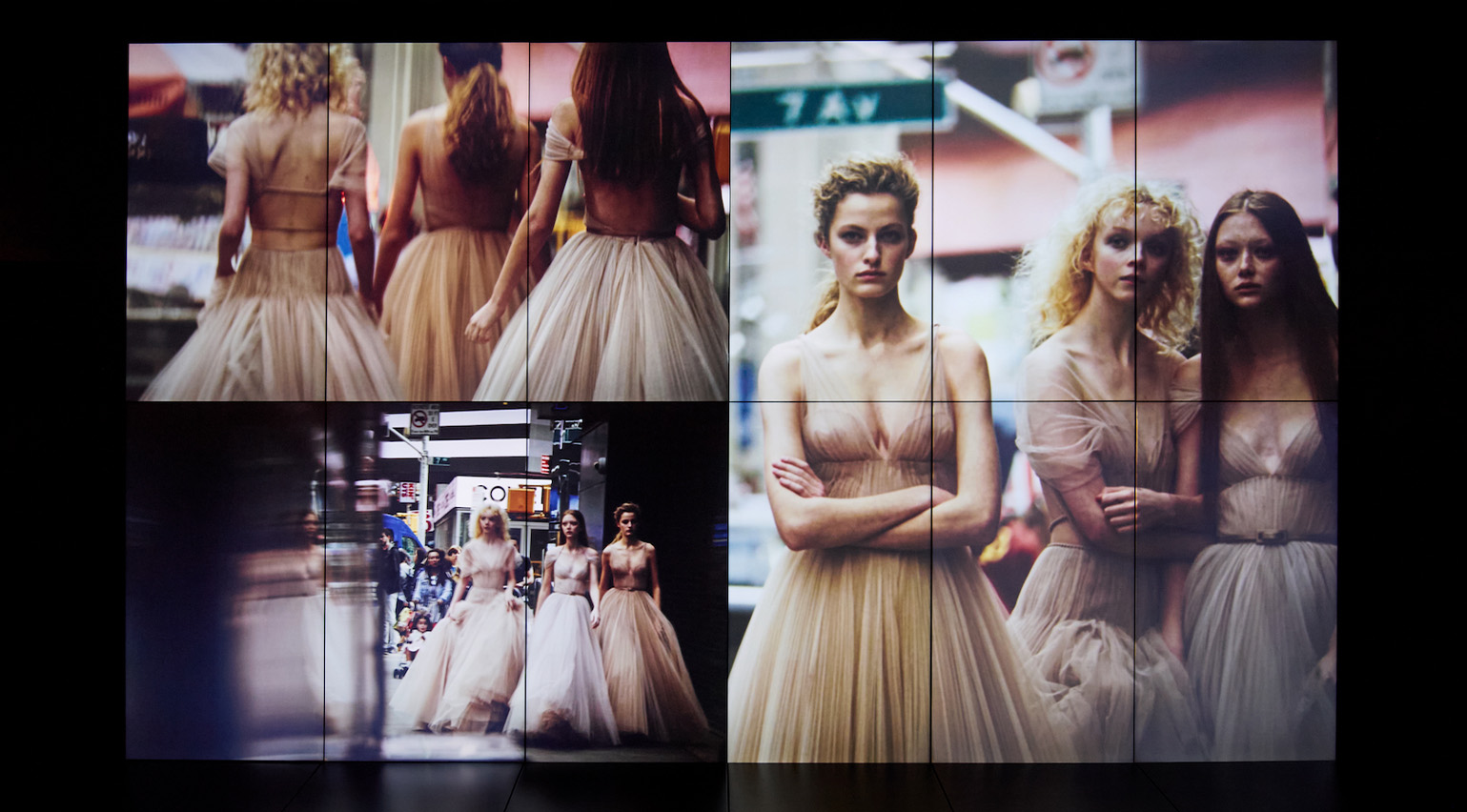 ‘He immortalised the birth of the supermodel’: inside Dior’s career-spanning retrospective of photographer Peter Lindbergh
‘He immortalised the birth of the supermodel’: inside Dior’s career-spanning retrospective of photographer Peter LindberghOlivier Flaviano, head of Paris’ La Galerie Dior, talks us through a new Peter Lindbergh retrospective, which celebrates the seminal German photographer’s longtime relationship with the French house
By Jack Moss
-
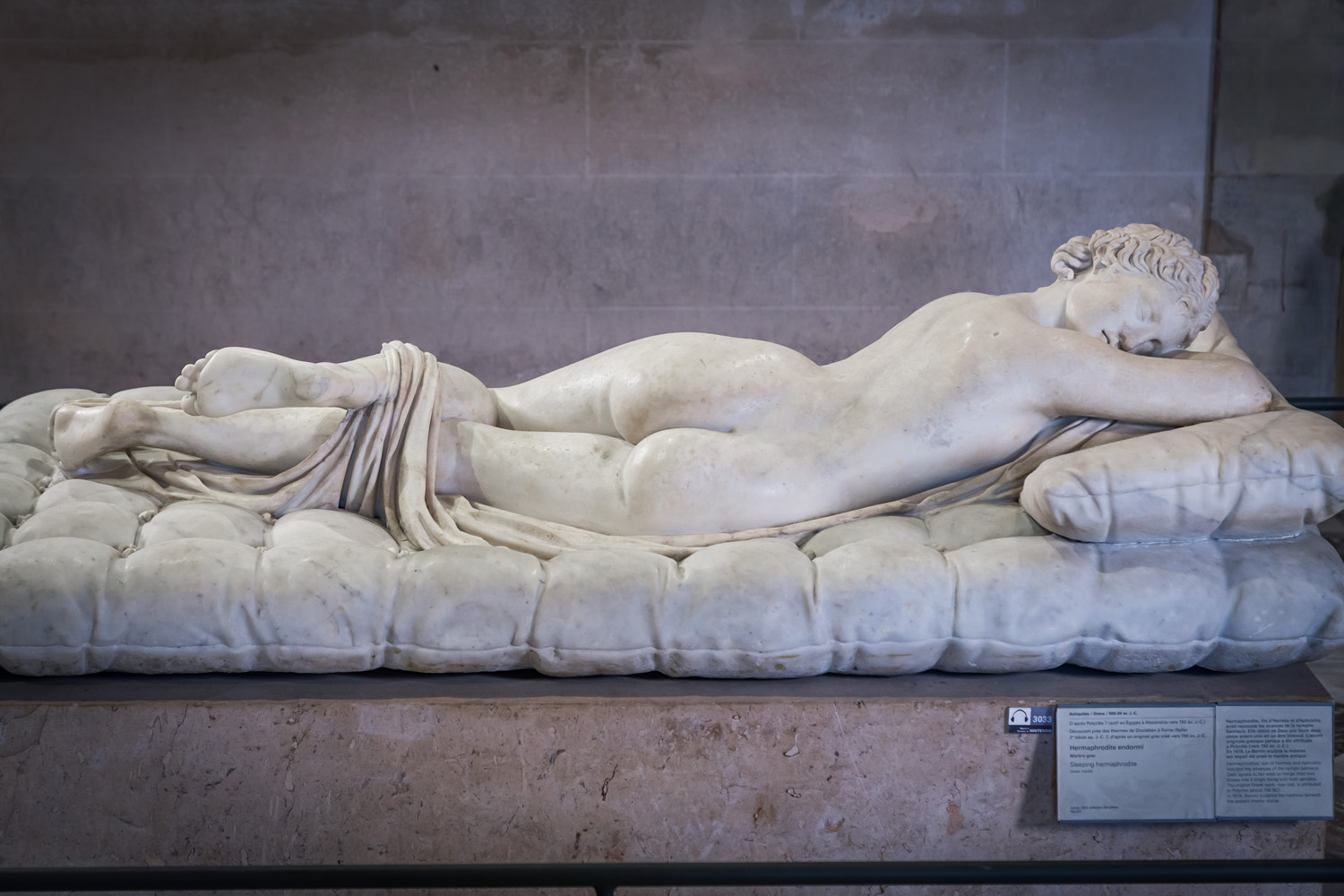 Inside ‘De toutes beautés!’, the Louvre’s new exhibition narrating 10,000 years of beauty ideals through art
Inside ‘De toutes beautés!’, the Louvre’s new exhibition narrating 10,000 years of beauty ideals through art‘De toutes beautés!’ marks the beginning of a three-year partnership between the Louvre and L’Oréal Groupe. India Birgitta Jarvis reports on the show for Wallpaper*
By India Birgitta Jarvis
-
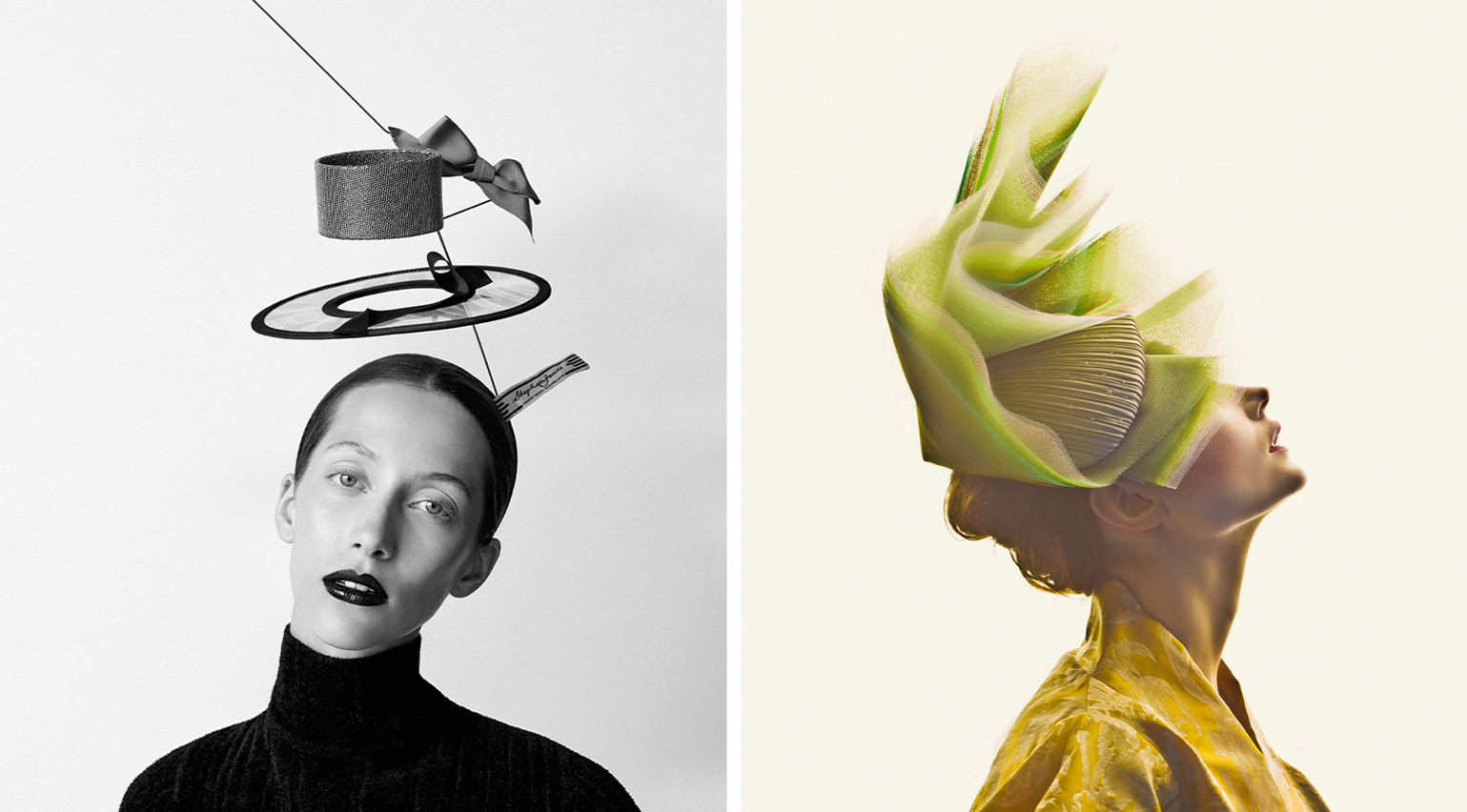 ‘A hat is an alibi, a fabulous lie’: radical milliner Stephen Jones on his career-spanning new Paris exhibition
‘A hat is an alibi, a fabulous lie’: radical milliner Stephen Jones on his career-spanning new Paris exhibitionAs ‘Stephen Jones, Chapeaux d’Artiste’ opens at Paris’ Palais Galliera, the British milliner tells Wallpaper* about the transformative power of hats, the one designer he wishes he’d collaborated with, and his lifelong love of Paris
By Jean Grogan
-
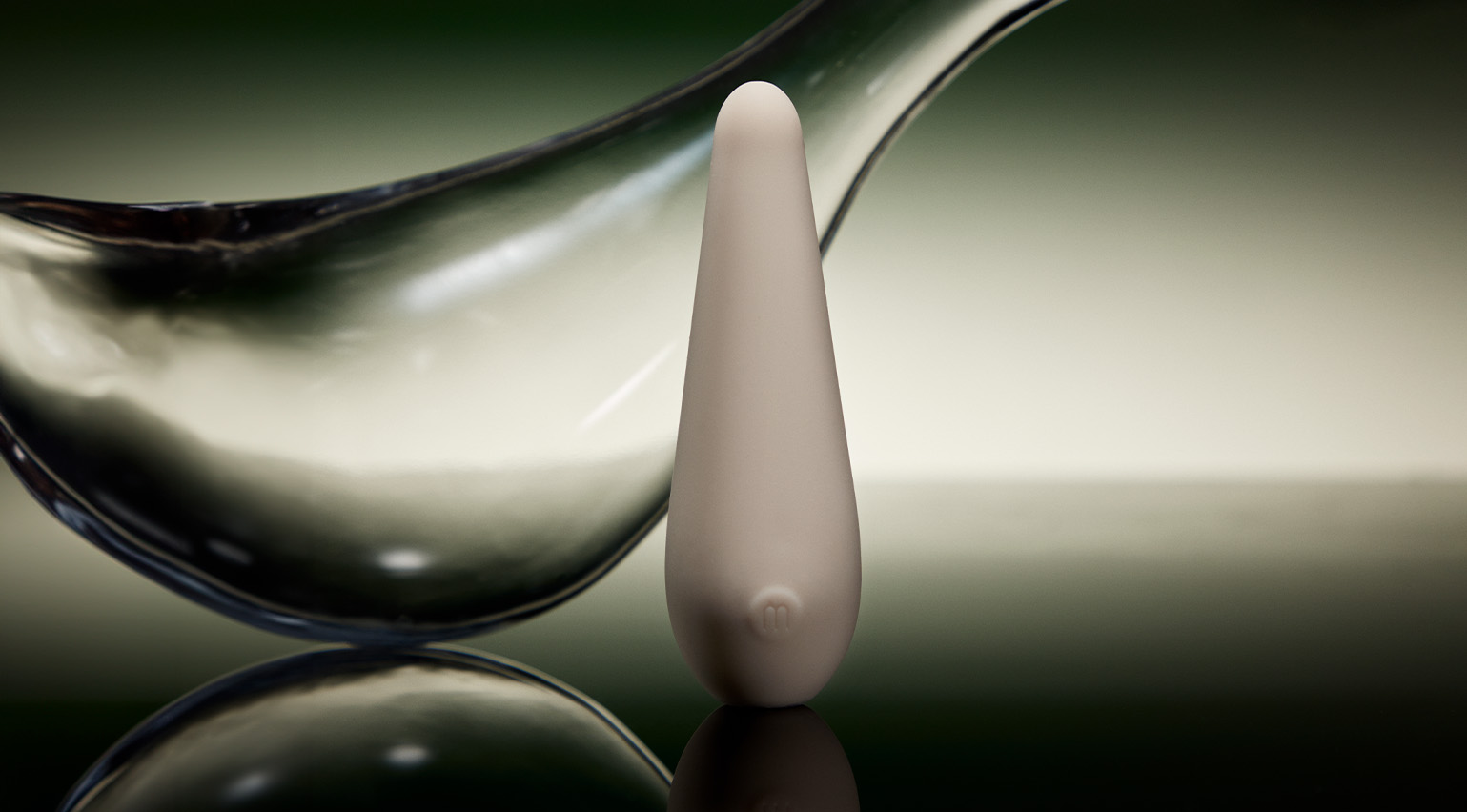 Maude’s Brâncuși-inspired sex toys go on display in a new Paris exhibition
Maude’s Brâncuși-inspired sex toys go on display in a new Paris exhibitionMaude’s design-led vibrators are now on display at Musée des Arts Décoratifs in Paris, as part of ‘Private Lives: From the Bedroom to Social Media’. Brand founder Éva Goicochea talks to Wallpaper* about partnering with the museum and opening up cultural conversations around sex
By India Birgitta Jarvis
-
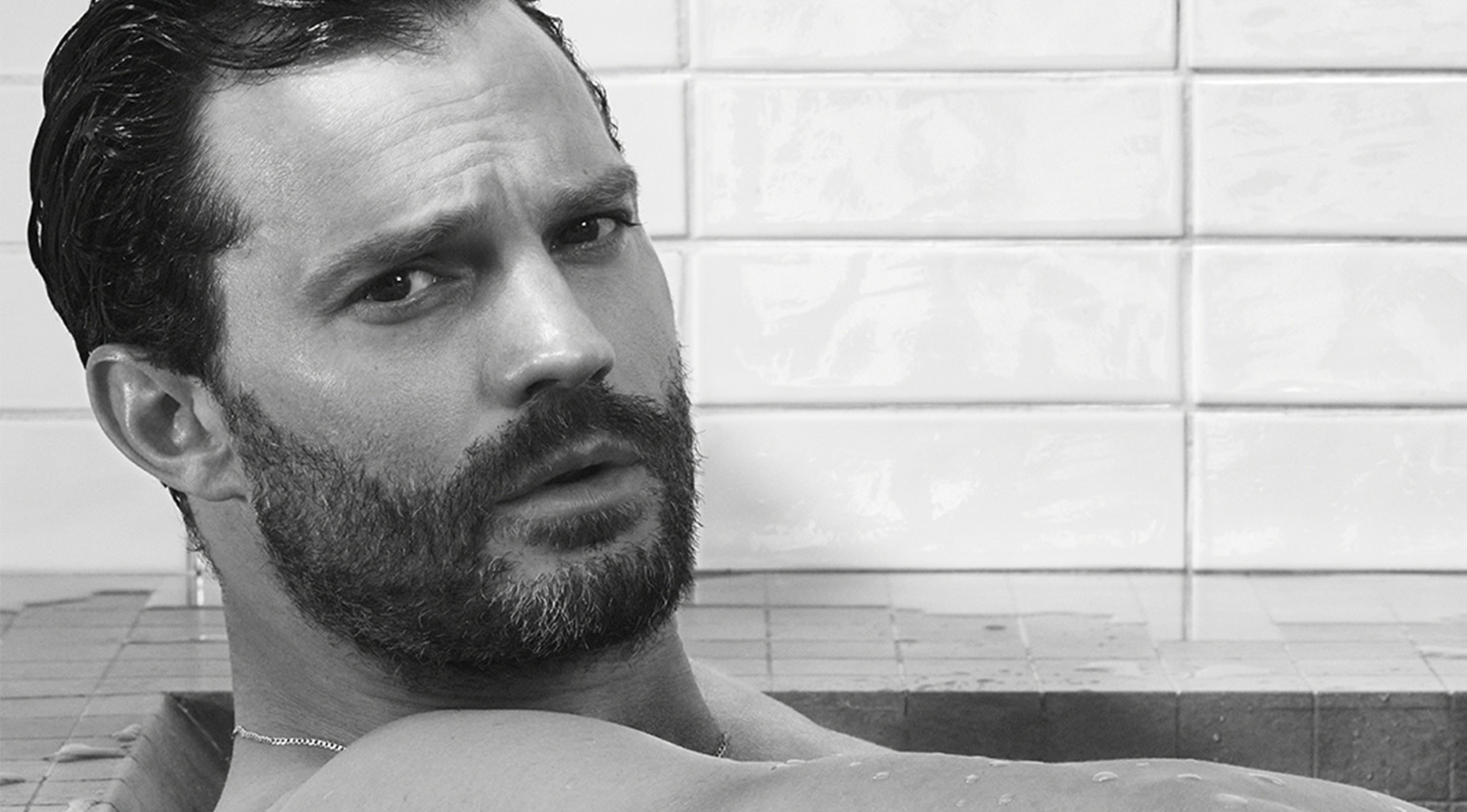 Watch: Jamie Dornan takes a bath in Le Corbusier’s villa for Loewe Perfumes
Watch: Jamie Dornan takes a bath in Le Corbusier’s villa for Loewe PerfumesJamie Dornan stars alongside Sophie Wilde in the new Loewe Perfumes 2024 campaign, shot by David Sims in Le Corbusier’s Villa Savoye
By Hannah Tindle
-
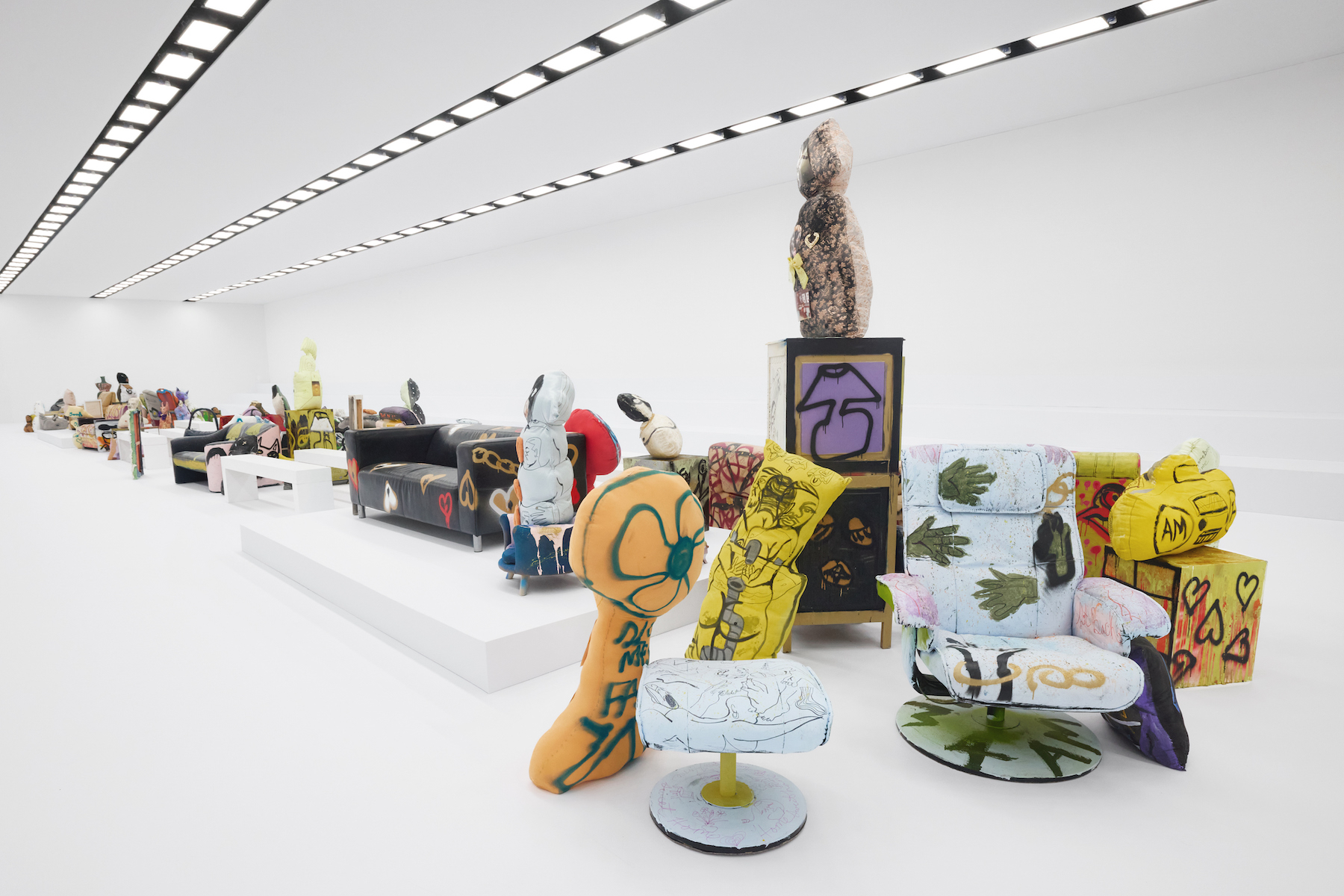 Jonathan Lyndon Chase on creating a ‘complicated and messy’ domestic space for Acne Studios’ latest show
Jonathan Lyndon Chase on creating a ‘complicated and messy’ domestic space for Acne Studios’ latest showA musing on ‘emotions and the body, and how they affect the space around you’: American artist Jonathan Lyndon Chase tells Mahoro Seward the story behind their Acne Studios runway set, which will backdrop the brand’s S/S 2025 show in Paris later today
By Mahoro Seward
-
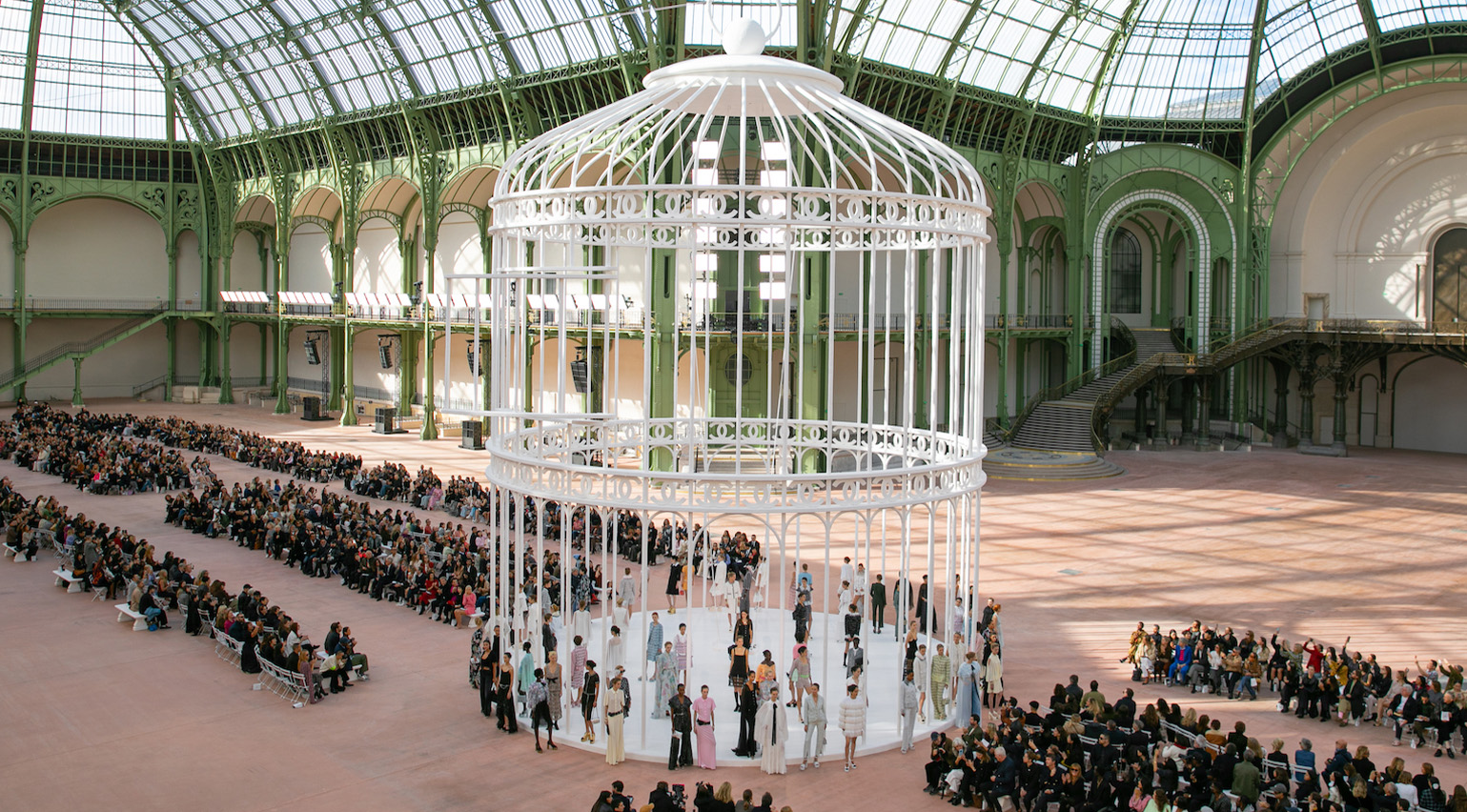 Paris Fashion Week S/S 2025 highlights: Chanel to Louis Vuitton
Paris Fashion Week S/S 2025 highlights: Chanel to Louis VuittonWallpaper* fashion features editor Jack Moss selects the best of Paris Fashion Week S/S 2025, from Chanel’s return to the Grand Palais to Nicolas Ghesquière’s ‘soft power’ at Louis Vuitton
By Jack Moss
-
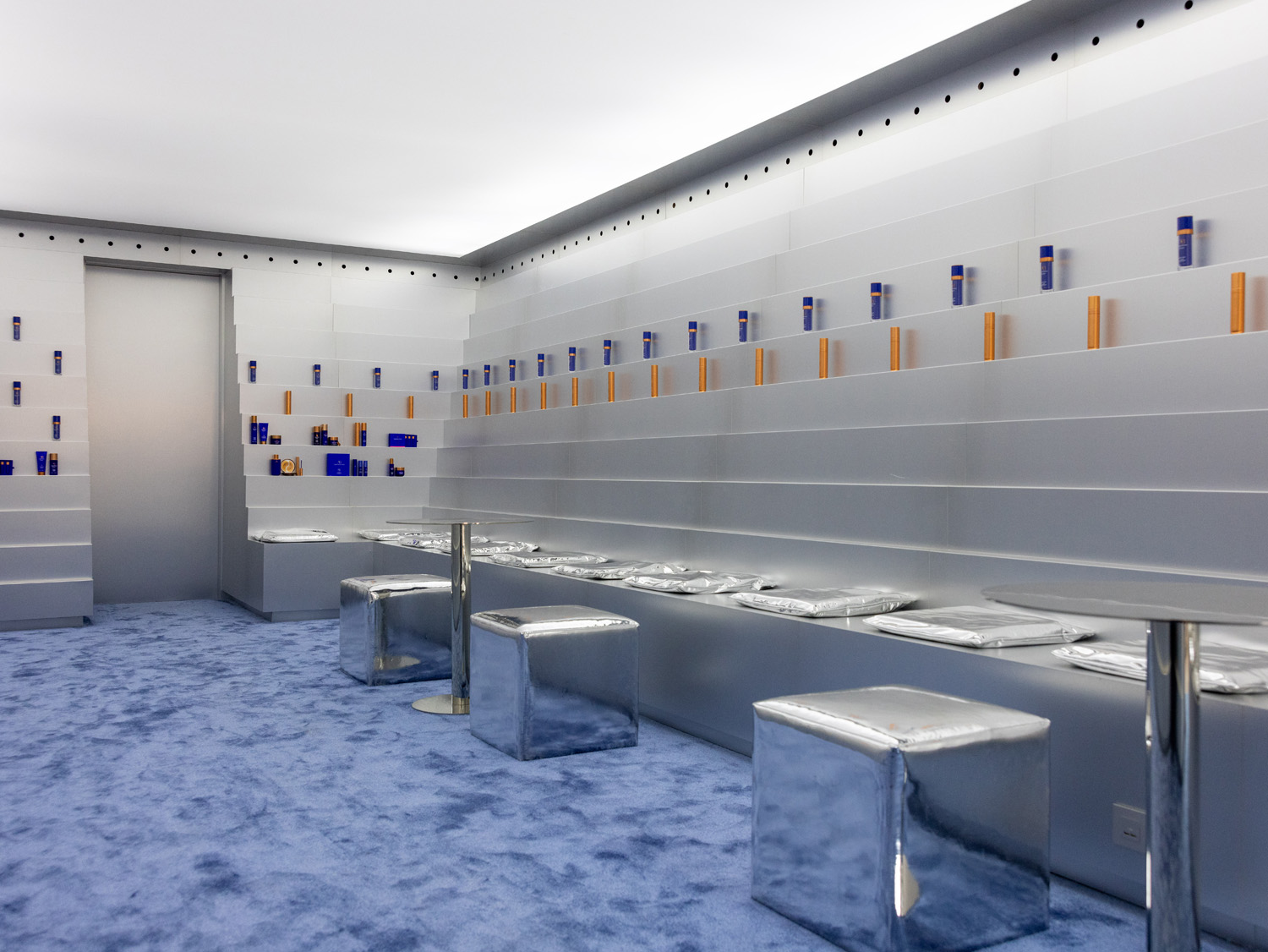 Augustinus Bader’s Palais-Royal boutique has been transformed by artist Harry Nuriev
Augustinus Bader’s Palais-Royal boutique has been transformed by artist Harry NurievAugustinus Bader unveils a pop-up space at its flagship store in Paris by multidisciplinary artist and designer Harry Nuriev
By India Birgitta Jarvis